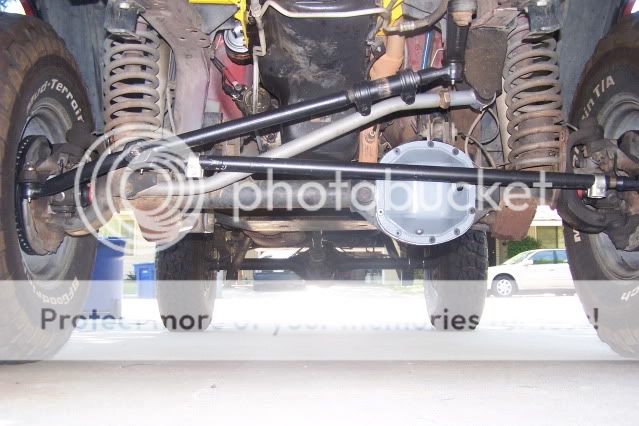thebyus
NAXJA Forum User
- Location
- Albuquerque, NM
Just pretzeled my Moog drag link (35's on 6.5, 4.56, locked) and am looking at 3 options (at this point, I'm not interested in going OTK or hydro. I know the advantages, but it will be overkill for where this rig is headed!)
Option 1 - replace with another Moog stock replacement (cheap, apparently quite bendy!)
Option 2 - replace with Synergy Drag Link - looks beefy, but I can't find any opinions - please contribute!
Option 3 - replace the whole front end with JCR's UTK. Heard some good things, but would like to hear some more opinions.
You're not going to hurt my feelings either way.
Option 1 - replace with another Moog stock replacement (cheap, apparently quite bendy!)
Option 2 - replace with Synergy Drag Link - looks beefy, but I can't find any opinions - please contribute!
Option 3 - replace the whole front end with JCR's UTK. Heard some good things, but would like to hear some more opinions.
You're not going to hurt my feelings either way.


